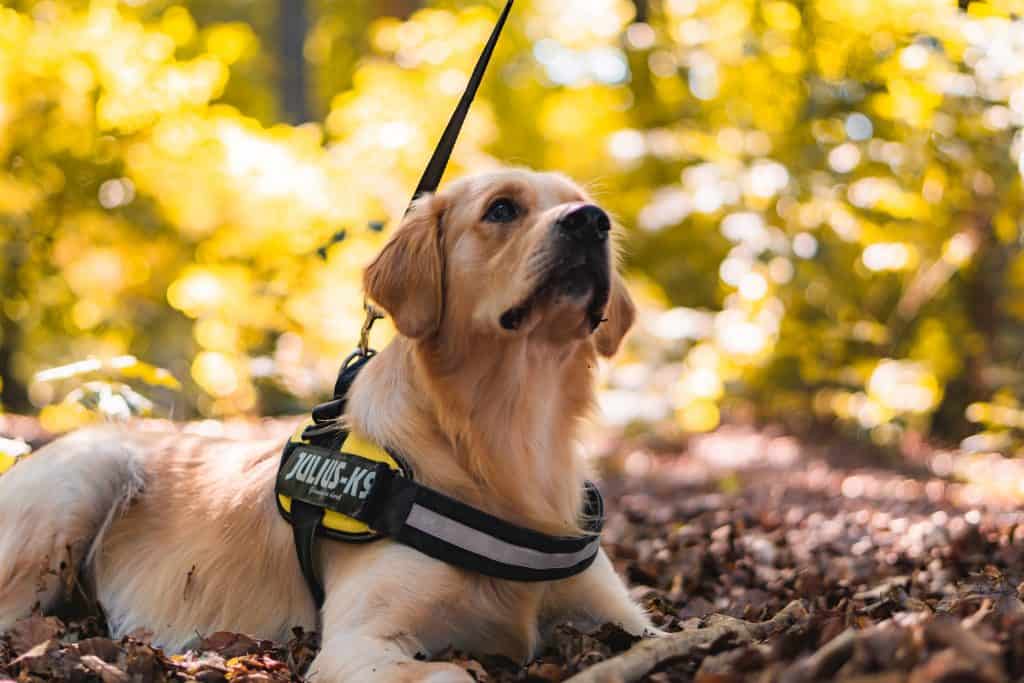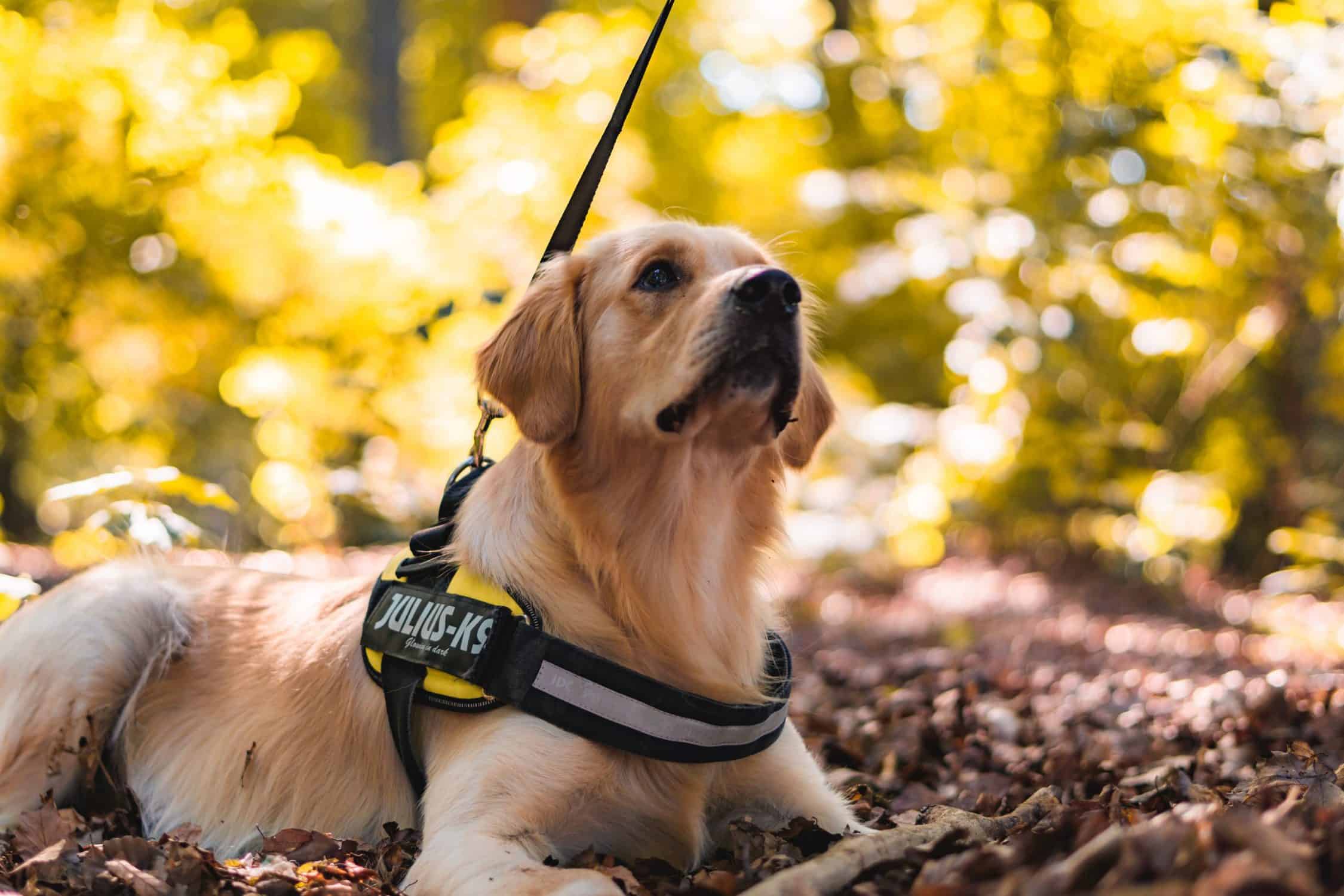While traveling with a service dog is not as troublesome or problematic as traveling with a normal dog, there are still some tips you can have in mind to make the process and journey easier for you, your dog, and the people around you. It’s almost that time of the year again when you need to start planning your trip, whether it’s to travel to new cities and explore their cultures or visit your family over a long weekend, we’ll cover 3 of the main tips you should keep in mind while traveling with your service dog! Let’s get started.

1. Contact Your Airline First
The very first thing you need to do before you even book your tickets to your destination is to contact the air service you plan to use during your trip. While service dogs will not be restricted from going with you anywhere, there are still some rules which change between different airlines, so be sure to confirm that all of their rules are alright with you and your dog before you begin. You will also need to stay updated about the different regulations pertaining to the destination you’re traveling to. For example, some destinations have a rule of quarantining the service animal as well, which may be a problem to you. By knowing all the facts well ahead of time, you’ll be able to avoid unpleasant surprises and make the trip more fun and memorable!
2. Get Your Certificates in Order
Make sure you have all the documents you need for traveling, whether it’s for you or your dog. Even if you have an obvious disability which proves your requirement of a service dog, you will still have to show the right documentation for official purposes. You will typically have a certification that shows that your dog is qualified to be a service dog. This is important, because many people often confuse service dogs with emotional support animals (ESA).
While they both cater to individuals who are in need and assistance, service dogs help people who are physically in need by providing different kinds of services and assistance while also protecting them from potential danger, while emotional support animals cater to mental and emotional needs and usually help people who are suffering from anxiety, depression, severe loneliness, stress, and other emotional problems.
The catch is that ESA don’t have the legal permission to travel with their owners wherever they go and have to abide by the regular restrictions given to other animals, which is why having the right certification that proves that your dog is a service dog and not an emotional support animal is vital.
The main difference between a psychiatric service dog and an emotional support animal is that a ‘prescription’ service dog is allowed only for individuals who have proof of their disability and will not be given to people who do not have the right certification, simply because they have been trained to be of use for a specific purpose and cannot be used as ESA instead.
3. Take the Right Precautions
Make sure you make things easier for your dog as well. After all, it is an animal and will find it difficult to stay on a plane for hours together, especially if you haven’t planned in advance. Limiting the amount of water you give your dog right before the trip can greatly decrease his discomfort and also help you move through the boarding process sooner, because stepping away to relieve your dog in the middle of the process will force you to elongate the screening process. Additionally, make sure you exercise your dog well before the flight, this will ensure that he isn’t too active and stressed out during the journey either!


